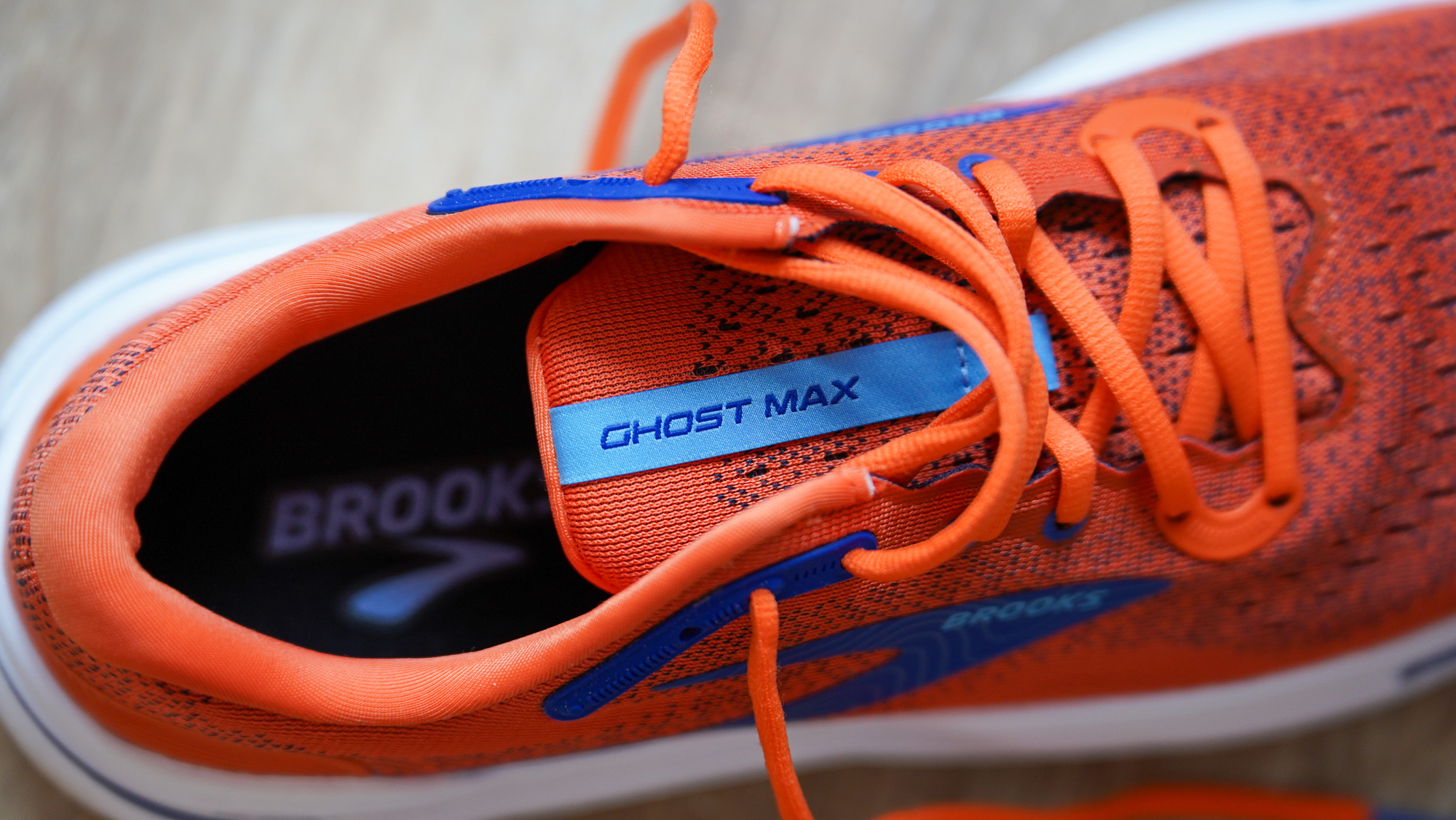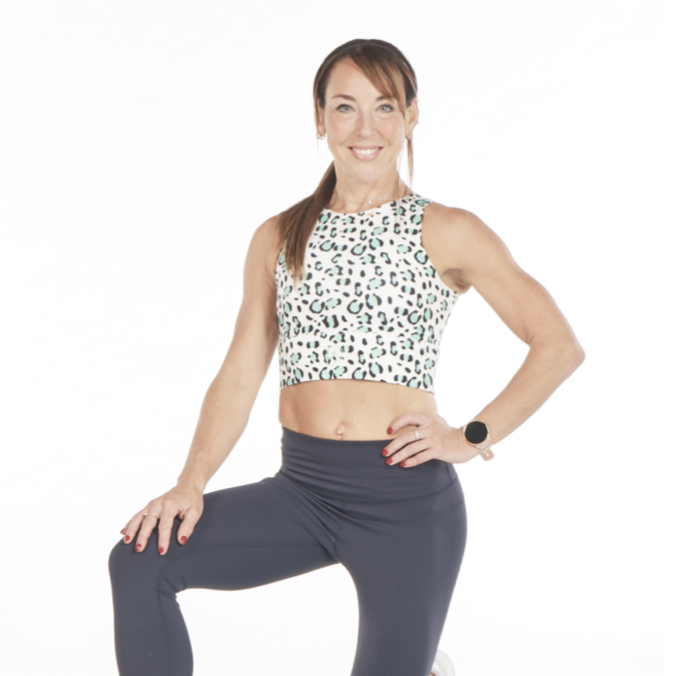What's a Runner's Knot and does it actually help?
All hail the Runner’s Knot.


One, two, buckle my shoe. Tying your shoelaces is something most of us are taught as a toddler. But did you know that there are many different ways to tie them - especially if you’re a runner? One of the most popular of these is called Runner's Knot, or heel lock lacing.
If you’ve ever wondered what those two extra eyelets at the top of the lace cage on running trainers are for, they’re for helping secure your feet into your shoe to stop your heel from slipping.
Heel slipping is a common problem with most runners, which results in a rubbing that eventually causes pain or blisters - and, therefore, changes your running gait as you try to protect the problem.
It’s a downward spiral - and a guaranteed way to cause an injury. Some people try going a size down to tackle the issue or invest in cushioned running socks. Often, though, your easiest, cheapest and best option is to tie your laces differently. Here's how.
What is a Runner's Knot?
According to experts at Asics, the runner’s knot is a way to limit the risk of heel slippage, since it creates a tighter connection at the top of the foot, as well as a better anchor for your heel.
It's something that’s been around for a while in the trail running community because it’s common for the heel to slip when pounding down long descents. But all runners (and walkers) can benefit from tying their shoes this way.
The runner's knot also helps decrease any pressure on the top of your foot by allowing you to loosen the laces lower down on your foot. Have you ever tied your shoe so tight, thinking it would stop all movement to simply have to stop mid-run because your shoes feel far too tight across the midfoot? It’s because you’re lacing up all wrong.
Get all the latest news, reviews, deals and buying guides on gorgeous tech, home and active products from the T3 experts
Here’s what to do:
- Lace your shoes in the usual criss-cross pattern until the second-to-last eyelet.
- Then thread the lace through the last eyelet so that the lace comes out on the inside of the shoe, creating a loop between the last two eyelets.
- Finish by crossing your laces and inserting them through the loops that you’ve created and pull tightly securing the shoe around your foot, and then tie your shoes as normal.
Good luck and happy running. The biggest challenge with the runner's knot is getting the pressure along the top of the foot correct - but don’t give up. Once you’ve found your ideal pressure - you’ve cracked it, and you’re in for a secure and comfortable ride.

Lucy Miller is a journalist, Level 3 Personal Trainer, Nutritional Advisor and Children’s Fitness Specialist. She holds fitness qualifications from NASM Training and Premier Training International and has been a fitness journalist and fitness (and cover) model for over 20 years. Since going freelance in 2014, Lucy left Men’s Fitness Magazine to write for an abundance of top consumer titles such as Women’s Health, Women’s Fitness, Waitrose, The Times, The Guardian and Runners World.
She’s also extremely passionate when it comes to educating others about health and physical activity and loves inspiring and working with children and adults to help make fitness fun, sustainable and accessible. In her spare time, Lucy is ever the sportswoman. Once a national gymnast, having won three national titles, she has also run a handful of marathons around the world and loves to test her physical and mental side with daily running and gym sessions, not to mention ballet, bootcamp, boxing and TRX.